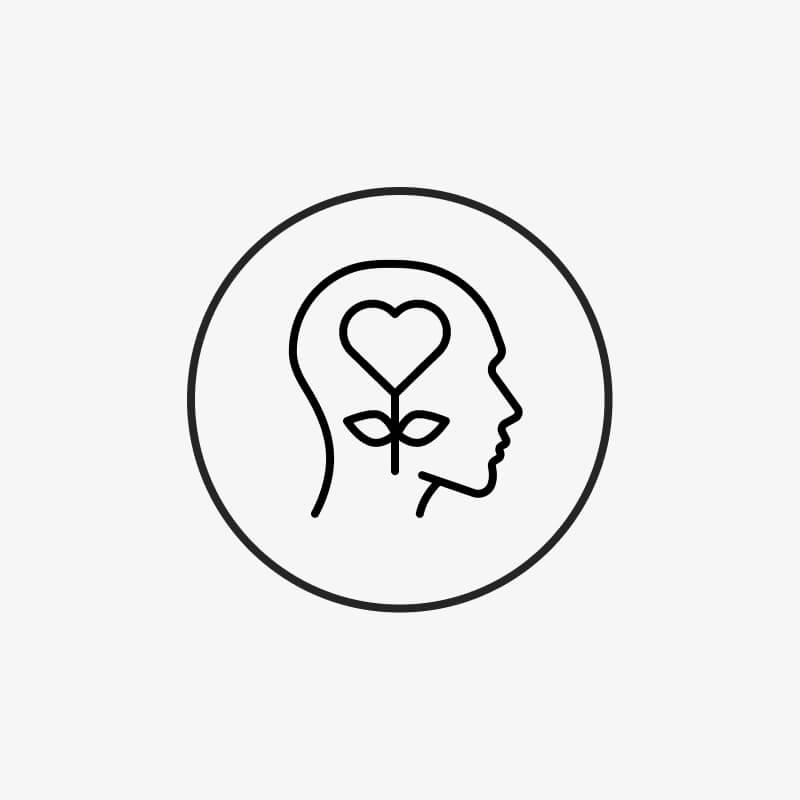Creativity - Do artists have a special brain?
A common myth about the brain is the claim that creative people, such as artists, use the right side of their brain more, while the left hemisphere is more active in rational thinkers. This has been disproven many times, and—if you still believe this—a little Google research will convince you otherwise. However, it is true that the brains of artists and creative people in general show structural differences compared to the brains of non-creatives. Does this mean that talent is more important than practice and environment if you want to become a successful artist? The truth—as it usually is—lies somewhere in the middle.
The artist's brain
Rebecca Chamberlain of the University of Leuven in Belgium recently conducted a study comparing the brains of 21 art students with those of 23 students from non-arts disciplines. She used a method called voxel-based morphometry. This method quantitatively describes brain structures seen in neuroimaging studies using size, intensity, shape, and texture. These metrics are then used statistically and analyzed alongside other clinical and experimental parameters. Chamberlain found that the artists have more gray matter in a region of the lateral lobe of the brain called the precuneus. This region is involved in the control of fine motor skills and procedural memory.
"This region," says Dr. Chamberlain, "is involved in a number of tasks, presumably including those crucial for creativity, such as visual imagination, the ability to mentally manipulate and alter images, combine images, and reinterpret them through deconstruction."
In the brain and spinal cord, a distinction can be made between gray matter and white matter. Gray matter, named for its grayish color in fixed tissue, contains primarily nerve cell bodies, while white matter contains almost exclusively nerve pathways with their white insulation. White matter is therefore responsible for communication between gray matter areas. And gray matter is primarily responsible for the brain's actual computing power. For this reason, many people associate gray matter with intelligence and intellect, hence the phrase "using one's gray matter."
It is not yet fully understood what an increase in gray matter in certain brain regions means, but research so far suggests that it indicates improved computing or cognitive performance in those areas.
Creativity – talent or practice?
Hard to say Chris McManus, another author of this work from University College London, admits that it is still very difficult to distinguish which aspects of artistic talent are innate and which are acquired.
"We need to conduct more studies examining how teenagers develop, for example, in drawing as they grow older. But I think this study has already given us some initial clues as to what we should be looking for."
As for the myth of the left and right hemispheres of the brain, this study has once again shown it to be completely false. Increased gray matter was found in both the right and left cerebral hemispheres of the artists. However, it cannot be determined whether the changes in the artists' brains are the cause of their artistic talent—innate—or a result of artistic activity—acquired.
Source:
Chamberlain, Rebecca et al.: Drawing on the right side of the brain: A voxel-based morphometry analysis of observational drawing. NeuroImage, Vol. 96 (2014) pp. 167–173.















